The History of Corsets

Tracing the trajectory of the corset, one can discern that this emblematic undergarment reflects the cultural shifts through the centuries. The corset first made its dramatic debut in the Elizabethan era, as a rigid item of clothing that reinforced the stiff formality of courtly grace and regality. Crafted with whalebone or iron and worn over a chemise, these undergarments were laced from the front and offered a uni-bosom silhouette.
In the Baroque period, the corset metamorphosed yet again. It became an instrument of the feminine silhouette, emphasizing an elongated body and accentuating the bust. The corset transitioned from the grotesque whalebone and iron to correspond with the Rococo era's celebrated leisure and liberty. It was crafted from stronger, less rigid fabrics, adorned with lace and frills. This fashion evolution signaled a shift in women's bodily autonomy, as the corset was no longer purely a tool for body modification and control, but a vehicle of personal expression.
Corsets in the Rococo era evolved further, with a notable emphasis on the design's natural shape. Aesthetics took precedence over escaping the human body's natural contours for an artificially constrained silhouette. Corsets were stitched with delicate patterns, embellished with lace, ribbons, and intricate embroidery, reflecting the Rococo era's characteristic penchant for ornate and elevated details.
Following the French Revolution, the corset underwent radical transformations to reflect the new socio-political context. Yet, the corset's narrative is a potent testament to fashion's cyclical nature and the enduring influence of historical trends on contemporary designs.
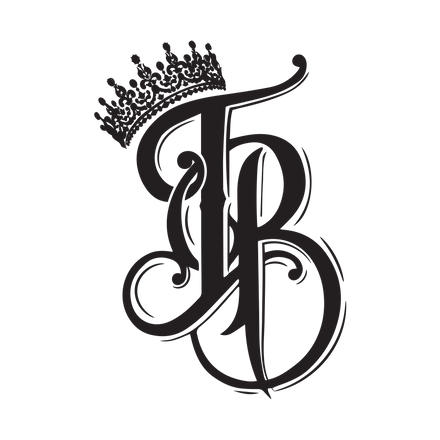
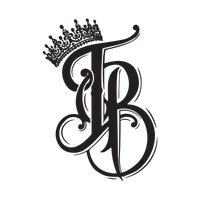

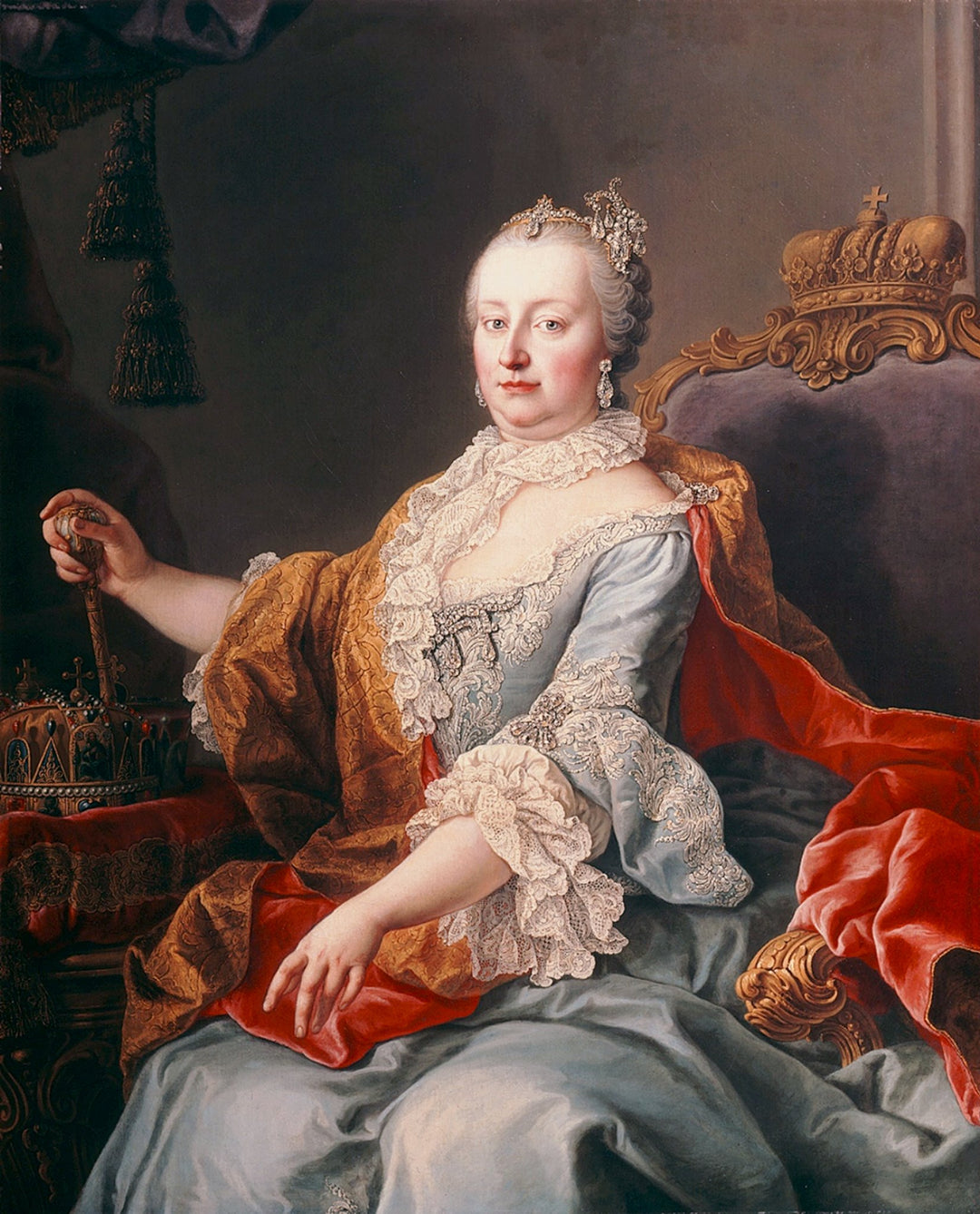
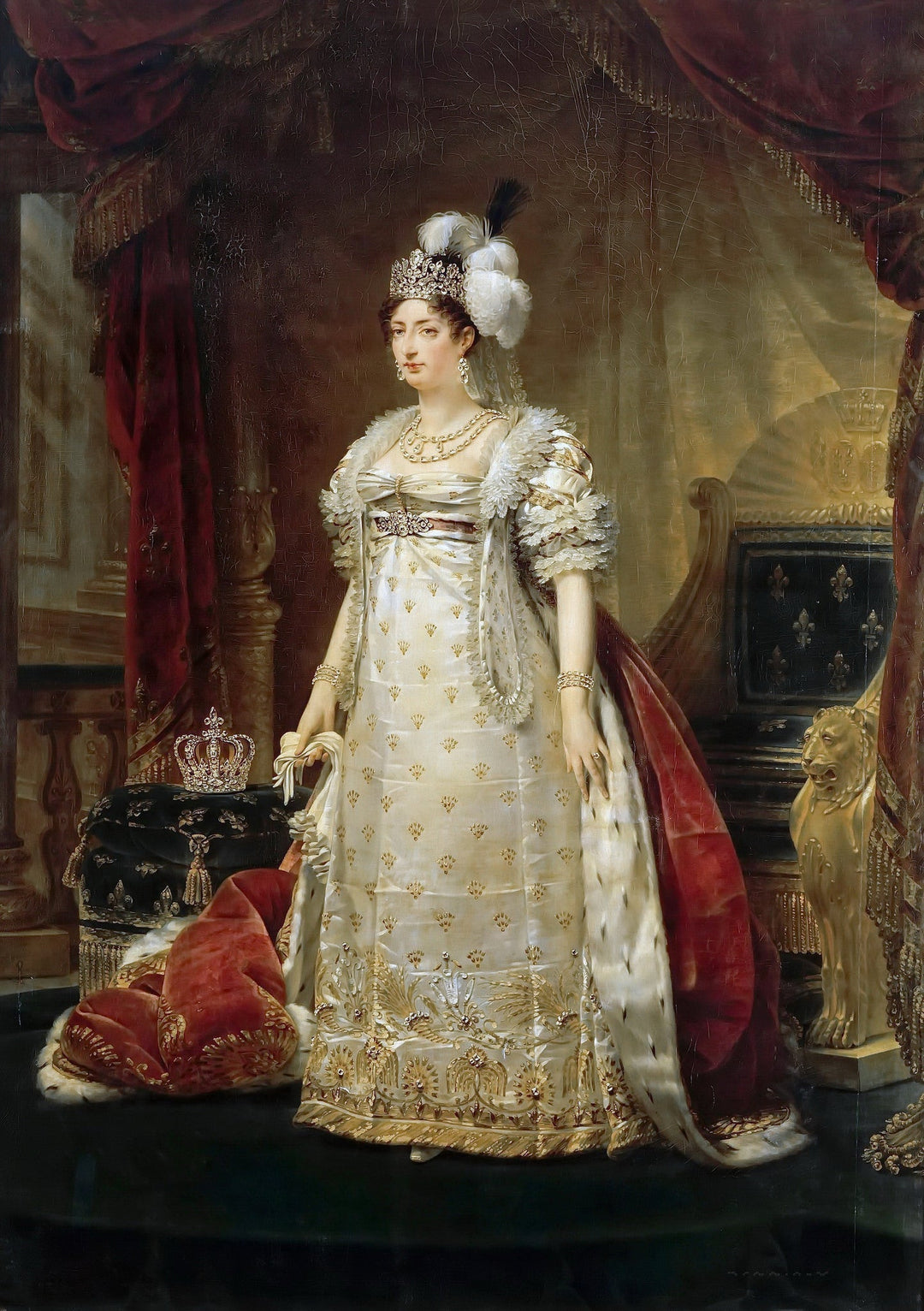
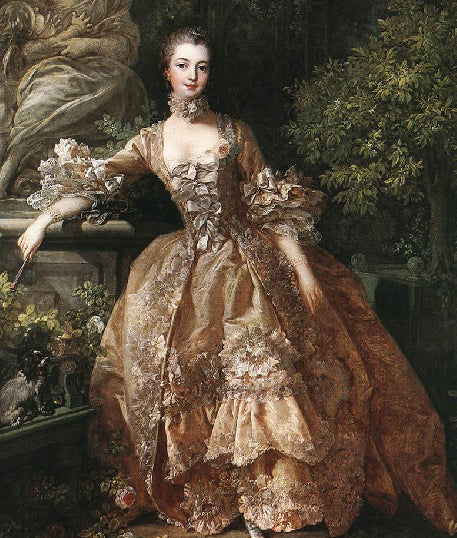
Leave a comment